Next up
Testing out some battle tactics. I should introduce some randomness and skills so this doesn't happen in an actual game.
Making things more realistic is just making it more chaotic and less perfect.
Testing out the new targeting system. Enemy soldiers on the front line are most vulnerable to getting hit.
Without any AI implemented yet, the opponent just stands there and gets shot. Working on that next!
Revamped the targeting system to be more chaotic, like battles tend to be.
There was a bug where, if the unit was coming from the flank, only the one corner solder would be targeted, essentially getting all the bullets.
Need to add a bit more variation in my death animations since they just fall forward or backward. Death isn't this neat and tidy.
More asset creation. This 1907 bayonet will be at the end of our Lee Enfield rifle but also around trenches and other areas.
Testing enemy AI is complex and visual debugging and feedback is an integral step to figure out what's going on in real time. Thanks to our AI programmer James on getting the enemy AI in.
First pass at the German Mauser 1898, one of the common rifles used early in World War 1. This is a step towards creating our German soldier. We have the AI, now part of the rifle. Next will be modeling and animating the soldier.
Maybe not enough various in the death animations?
Animated with the Lee-Enfield rifle. Almost ready to put this into the game so we can remove the default hand. It's not 100% but beats the robot hand. Let me know what you think!
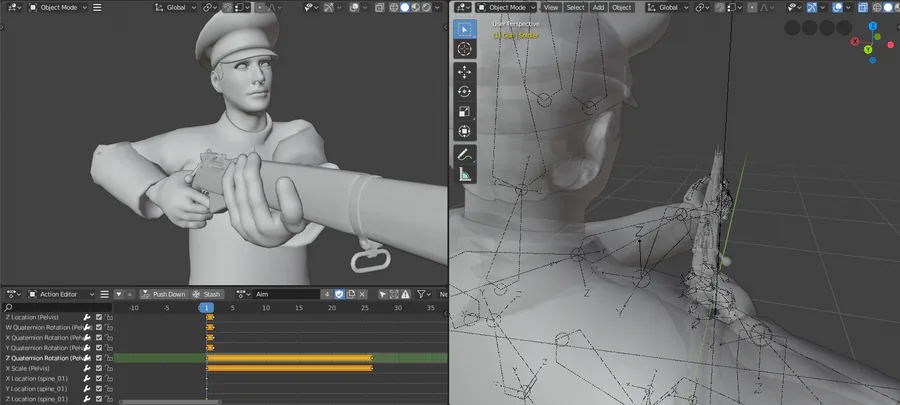
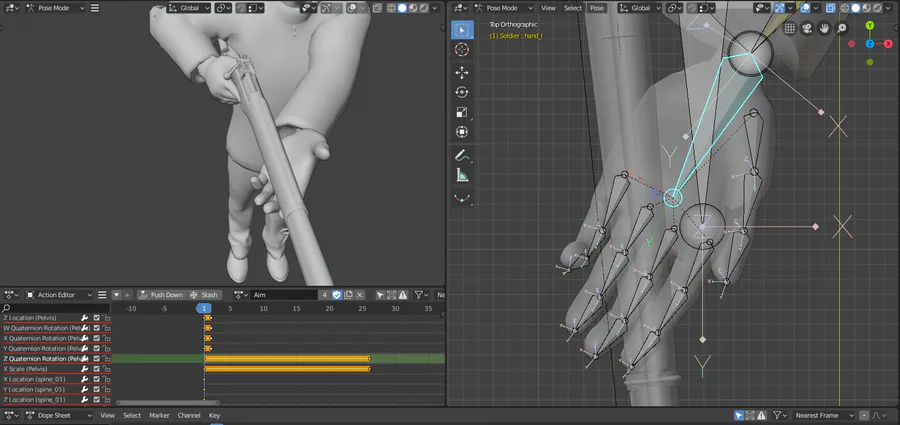
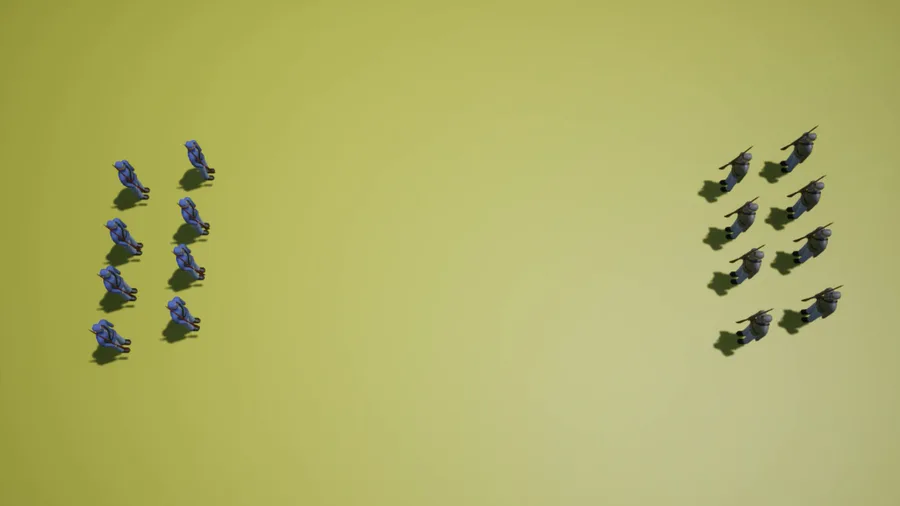
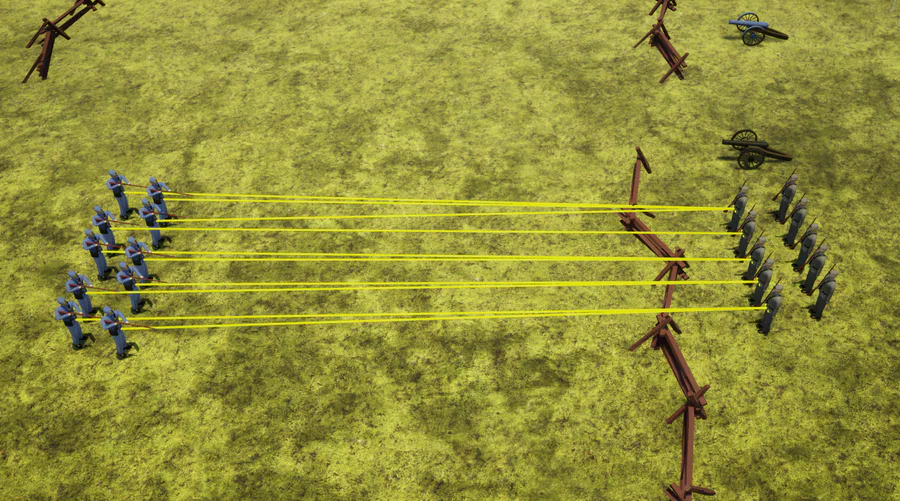
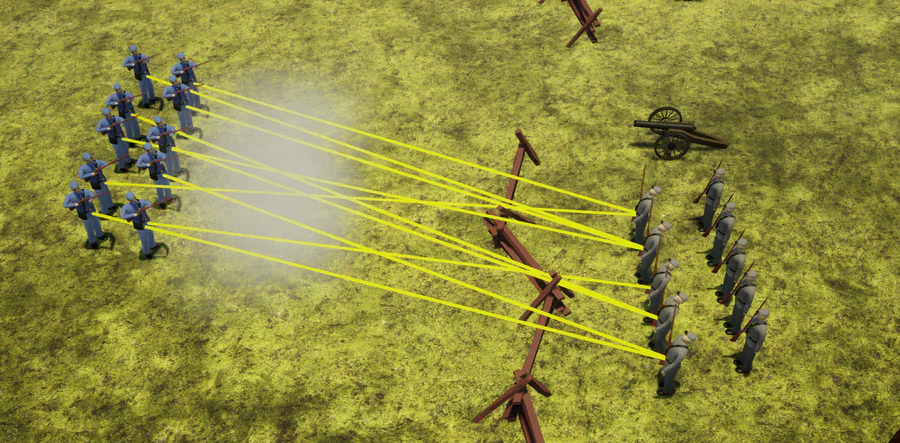
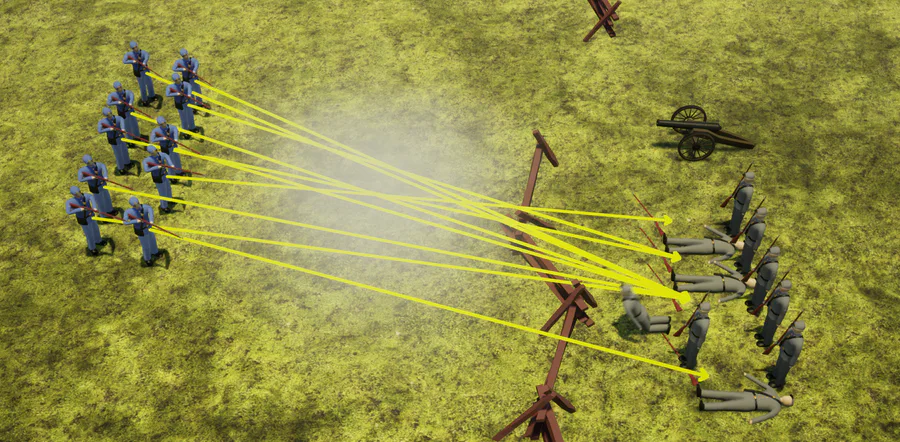

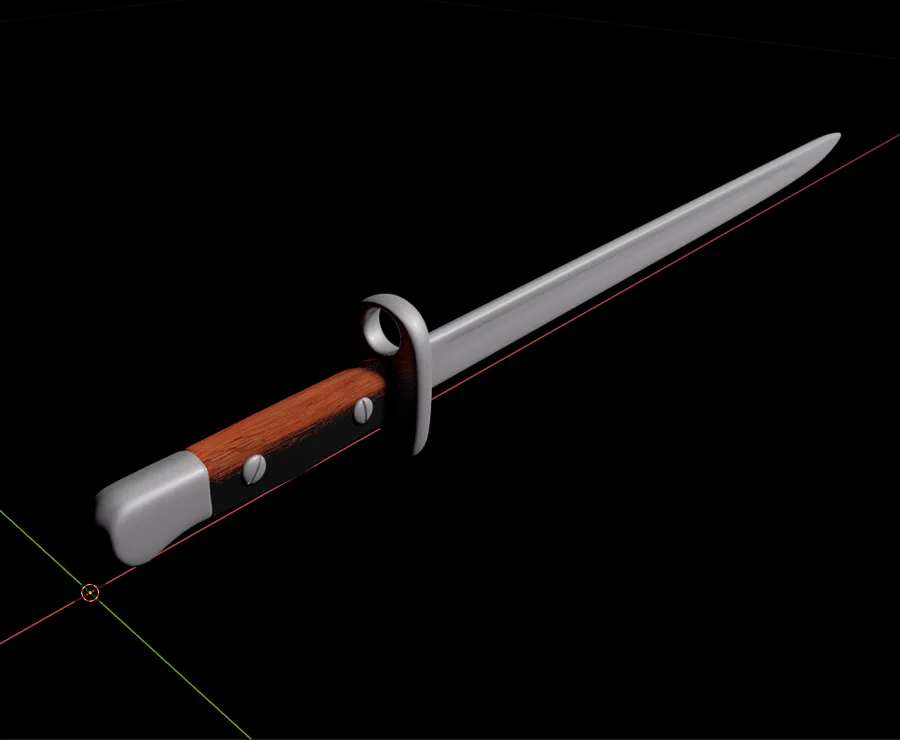
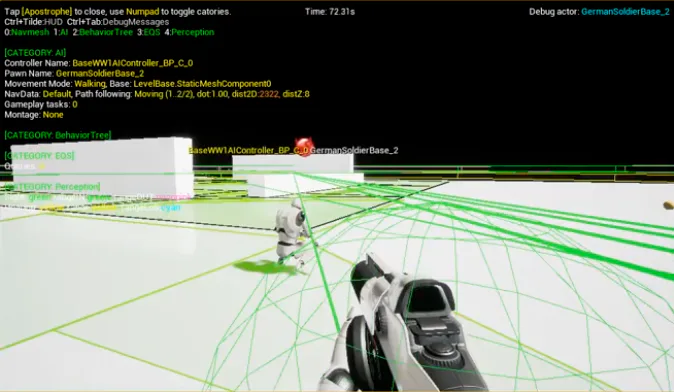
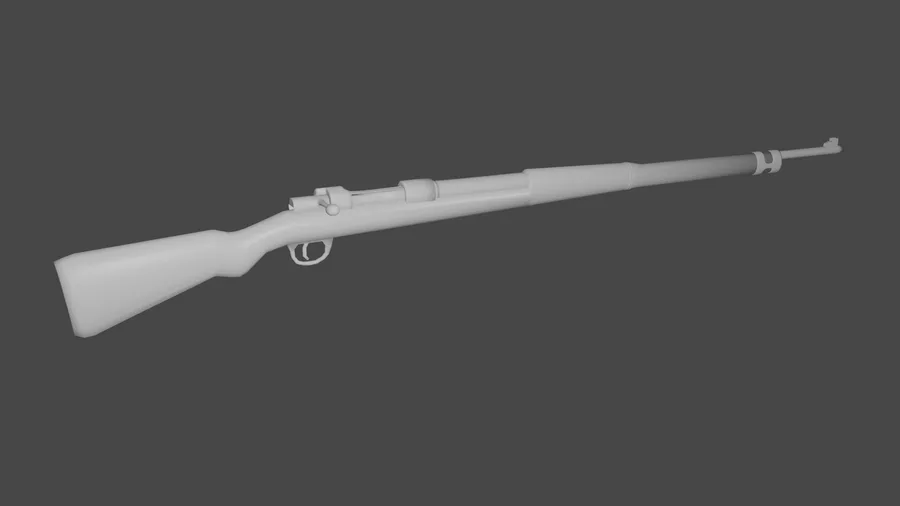
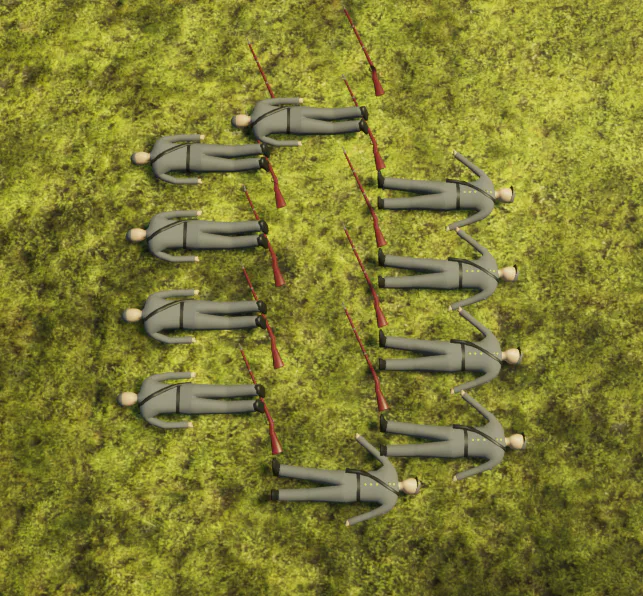
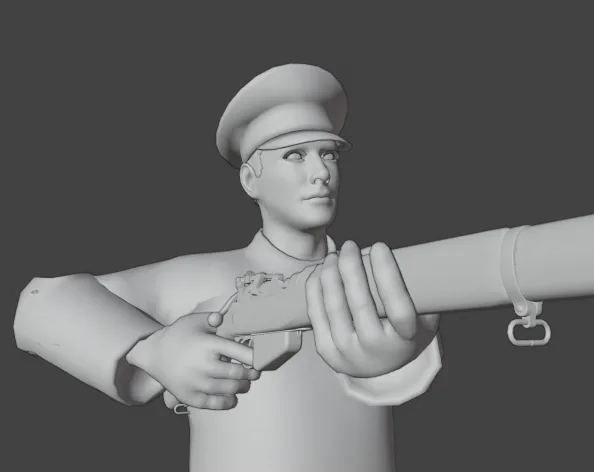
0 comments